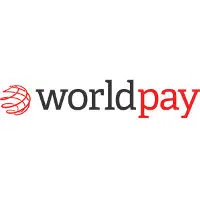More than two thirds of the UK’s 16-34 year olds (67%) have used their mobile phone to make an in-store payment, research released by Worldpay reveals. Over half of all age groups surveyed (54%) expect smartphones to replace cards as their main method of payment within the next five years.
 Almost one in ten (9%) use contactless card payment more than once a day, rising to 15% among those living in London. 11% use their contactless cards once a day (vs. 18% of Londoners), while 40% do so a few times a week.
Almost one in ten (9%) use contactless card payment more than once a day, rising to 15% among those living in London. 11% use their contactless cards once a day (vs. 18% of Londoners), while 40% do so a few times a week.
22% of the 2,500 respondents use their contactless cards to make payments a few times a month, compared to 18% of Londoners, and 19% do so less than once a month (9% in London). 37% of those surveyed want to see the contactless limit raised from £30 (US$39), increasing to 45% among Londoners.
48% would like to make purchases anywhere in-store if staff could take payment. Of the 27% of respondents who had already experienced this, 67% said it helped them get what they wanted quicker, 63% found it very personal and engaging, 61% said they got more comprehensive information on the product and better service, and 55% were able to order an item that was out of stock.
76% would like to walk into a store and scan items with their phone to make purchases, rather than having to wait in line.
Convenience ratings
However, chip and PIN remains the most convenient form of payment, according to 53% of respondents. Cash comes second with 31%, followed by contactless cards (10%), QR codes (4%) and smartphones with 2%. One third of those surveyed believe cash will become obsolete by 2020.
“The shift that we are seeing in terms of consumer preferences and what shoppers now expect from the high street is seismic, and paying with cash is an inconvenience for many of today’s shoppers,” says James Frost, chief marketing and commercial officer at Worldpay. “The growing popularity of tap and go is a trend that all retailers will need to embrace or risk losing relevance.”
Next: Visit the NFCW Expo to find new suppliers and solutions
Imagine what the numbers would look like if the alternative was the slow US implementation of EMV.